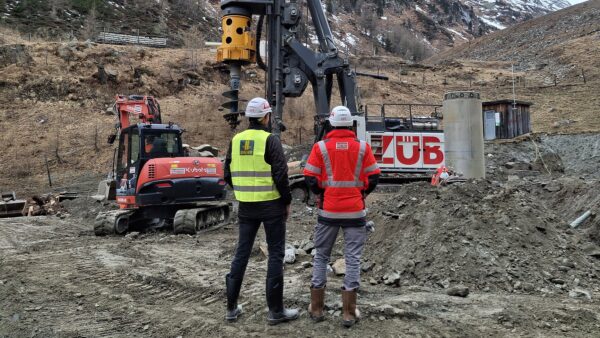A Chinese-Pakistani joint venture has been awarded a project to build a dam on the River Indus in the disputed Kashmir region between India and Pakistan.
When completed in 2028, the Diamer Bhasha dam, China’s first major civil engineering scheme in Kashmir, will have a 272-metre-high barrage, making it the tallest roller-compacted concrete dam in the world.
The project will be part of the China-Pakistan Economic Corridor (CPEC), itself part of China’s Belt and Road Initiative.
It will have a generating capacity variously given as 4.8GW and 6GW, and will be situated in the Pakistan-administered region of Gilgit-Baltistan, about 320km from the Chinese border.
As well as power, the dam will create a 200 sq km reservoir, greatly increasing Pakistan’s water security.
According to the Nikkei Asian Review, the first phase of the dam, worth $2.8bn, has been awarded to a team made up of China’s Power Construction Corporation and the Pakistan Army’s Frontier Works Organisation, with 70% going to the Chinese company.
Muzammil Hussain, chairman of Pakistan’s Water and Power Development Authority (Wapda), announced the project at a press conference at the end of last week. He said the Pakistan government would provide 30% funding and “the rest will be arranged by the Wapda” – understood to be a reference to loans from China. Hussein put the total cost of the project at US$8.8bn, but he has previously given a figure of $14bn.
Previous attempts to build the dam on the Indus site have stumbled over the funding issue. In 2011, the US considered a loan of $12bn for the scheme, but withdrew. The Asian Development Bank approved a loan for the scheme but then withdrew its funding in 2016, and a later plan to crowdfund it failed to raise sufficient capital.
In 2016, the project was named as one of the projects in the China-Pakistan Economic corridor. However, in 2017, Pakistan backed out when the Chinese demanded 100% ownership of the completed asset.
India has raised objections to the project, partly on political and partly on engineering grounds.
The political protest is over India’s claim that the project legitimises Gilgit-Baltistan as part of Pakistan’s sovereign territory.
The engineering objection is based on the safety of such a tall roller-compacted dam in an earthquake zone.
Suleman Najib Khan, the convenor of the Water Resource Development Council, notes: “In the history of the world, no roller-compacted dam has ever been built of comparable height in such unforgiving conditions.
“In the event that the dam bursts at its proposed height of 272m during a routine seismic movement, 10 cubic kilometres of water, with the destructive power of a hydrogen bomb, will wipe out everything on the Indus all the way down to Sukkur.”
Roller-compacted dams use a blend of concrete in which fly ash is substituted for Portland cement, reducing the risk of thermal cracking during construction. The highest dam built so far using the method is the Gilgel Gibe III Dam in Ethiopia, at 250m.
Image: Gilgit-Baltistan is a disputed region, administered by Pakistan (Rgyalchan/CC BY-SA 4.0)
Further reading:
Comments
Comments are closed.











and what environmental damage will this dam cause. (The engineering objection is based on the safety of such a tall roller-compacted dam in an earthquake zone). The engineers advice may well be worth listening to